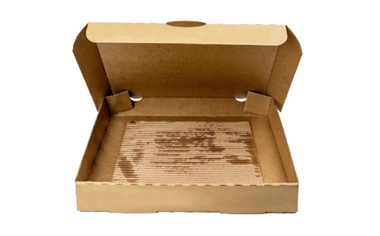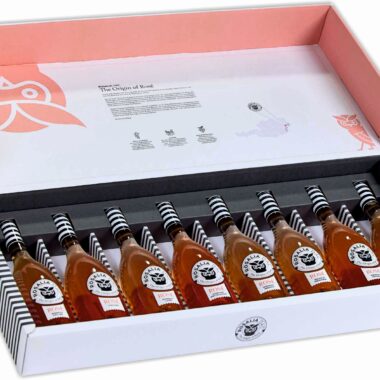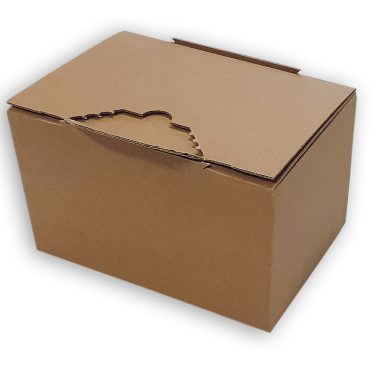 This blog article will have a particularly citrusy flavour as it concerns the increasingly popular persimmons (also known as Kaki) and clementines. Although these fruits are traditionally seen late in the year (Christmas), we couldn’t resist sharing this packaging story filled with vitamin C.
This blog article will have a particularly citrusy flavour as it concerns the increasingly popular persimmons (also known as Kaki) and clementines. Although these fruits are traditionally seen late in the year (Christmas), we couldn’t resist sharing this packaging story filled with vitamin C.
The persimmon market has been steadily growing over the last few years, particularly in Spain where it is reaching an annual production of 50,000 MT. Likewise, the production of clementines is also strengthening. Continuing on the Spanish developments mentioned in “You say Zucchini, I say Courgette”, Spanish sellers have also been looking for packaging alternatives to wooden crates which have traditionally been used to transport citrus fruits.
It is important to remember that persimmons have a very short season and are particularly fragile, thereby requiring strong packaging for shipment. Over the last few years, corrugated packaging has proved itself as a viable alternative and now the majority of persimmons in Spain are shipped in corrugated trays.
One of the key benefits to sellers is corrugated packaging’s ability to present fruits to consumers in a more innovative and appealing manner. Unlike wooden crates and plastic, corrugated material can be printed on thus enabling growers to brand their product and make the packaging more appealing.
A more apparent example, which you may have seen in your supermarket, especially around Christmas time, is the 2 kg clementine box. It is specifically designed to hold these small fruits and presents them in a fun carry-on box, which is perfectly suited for end consumers.
Fun fact about persimmons: In addition to being full of vitamin C, in traditional Chinese medicine, persimmons are believed to regulate a person’s Chi.





